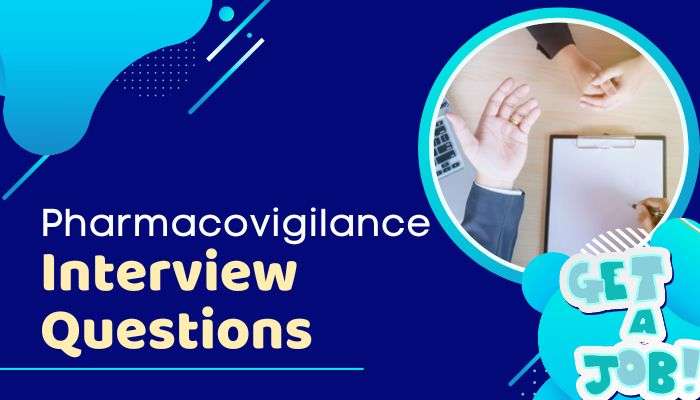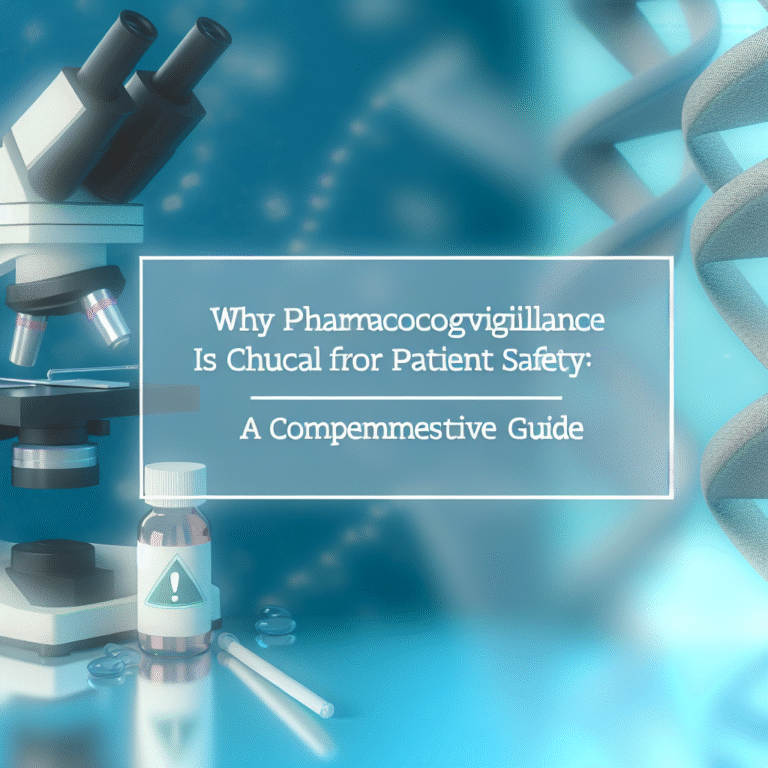Navigating the World of Pharmacovigilance: A Guide for Aspiring Healthcare Professionals
Exploring the World of Medicine Safety: A Guide for Future Healthcare Workers
In the big world of healthcare, making sure our medicines are safe and work well is super important. This is what the field of pharmacovigilance is all about. If you want to work in healthcare, you need to know how important this is. This guide will explain what pharmacovigilance is, why it matters, and how you can start a career in this exciting area.
What is Pharmacovigilance?
Meaning and Purpose
Pharmacovigilance is the science of detecting, assessing, understanding, and stopping bad side effects from medicines. It’s a key part of healthcare because it makes sure our medicines are safe and do their job right. The main goal of pharmacovigilance is to check if drugs are safe, react to reports of bad side effects, and carefully study medicine products.
Why Monitoring Drug Safety Matters
Finding and understanding bad side effects
Keeping patients safe
Helping people use medicine wisely
How It Started and Grew
Pharmacovigilance has been around since the 20th century. It began because people were worried about medicine safety. Over time, big steps, like the creation of the World Health Organization’s Program for International Drug Monitoring, have helped pharmacovigilance grow.
How Pharmacovigilance Helps in Healthcare
Making Patients Safer
Pharmacovigilance is all about keeping patients safe. By spotting and stopping bad drug reactions, healthcare workers can create plans to reduce harm and make things better for patients. It’s super important to make sure medicines are used safely.
Following the Rules
Learning and following global rules from places like the U.S. Food and Drug Administration (FDA) and the European Medicines Agency (EMA) is very important. Pharmacovigilance workers make sure these rules are followed, keeping drug safety high.
Helping Make New Medicines
Pharmacovigilance is important when new medicines are being made. It starts in clinical trials to check safety and continues after the drug is sold to stay on top of safety checks. Watching medicine safety in the long run is key to finding rare and long-term issues.
Main Pharmacovigilance Tasks
Noticing Safety Signals
Safety signals are hints that there might be issues with a drug. Finding these signals means studying lots of data to catch early warnings. Tools include looking at data, health records, and reports of bad events.
Handling Case Reports
Managing reports of bad effects is a big part of pharmacovigilance. It includes writing down info, sorting through reports, and checking for problems. Keeping track of reports carefully is super important.
Safety Update Reports
Safety updates, called PSURs, are reports sent to safety authorities every so often. They put together safety info about a drug and show its risk and benefit over time. These reports are a big help in keeping drug safety high.
Skills Needed for Pharmacovigilance
Technical and Analytical Skills
You’ll need strong technical skills. Being good at studying data and using special software to handle data is crucial.
Good Communication
You’ll need to be a great communicator. Writing clear reports is important to make sure the safety info is shared right. It’s also important to talk well with doctors and organizations.
Knowing the Rules
Understanding the rules is essential. This includes knowing global rules and data protection laws like the General Data Protection Regulation (GDPR).
Pharmacovigilance Career Paths
Starting Jobs
If you’re starting out, you might work as a Drug Safety Associate or Pharmacovigilance Officer. These jobs include collecting safety info, making reports, and following the rules.
Moving Up
With experience, you can grow into roles like Pharmacovigilance Manager or Regulatory Affairs Specialist. These jobs involve planning and managing drug safety.
Related Jobs
Pharmacovigilance can lead to other jobs like Risk Management Specialist or Clinical Data Analyst. These roles build on skills in drug safety and focus on special areas.
Education and Certifications
Degrees and Qualifications
To start in this field, you usually need a degree in pharmacy, medicine, or life sciences. You can also take special courses in pharmacovigilance.
Getting Certified
Certifications from groups like the International Society of Pharmacovigilance (ISoP) show a commitment to the field and can help you advance.
Challenges and Future of Pharmacovigilance
Current Problems
Pharmacovigilance has challenges, like data privacy and handling lots of info. Figuring out how to manage these is important.
New Trends
Tech like big data and artificial intelligence (AI) is changing pharmacovigilance. These tools help process lots of data quickly.
Future Chances
In the future, tech will keep changing pharmacovigilance. We’ll see more use of real-world data, which shows drug safety in daily life. Pharmacovigilance will also become more important in public health efforts.
Wrapping Up
Pharmacovigilance is growing as a key part of healthcare, offering exciting chances for future professionals. By focusing on safety and helping develop medicines, it has a huge impact. By getting the right education and skills, you can work in pharmacovigilance and help keep the world healthy and safe. At Pharmacovigilance Foundations, we support you every step of the way to succeed in this vital healthcare area.





